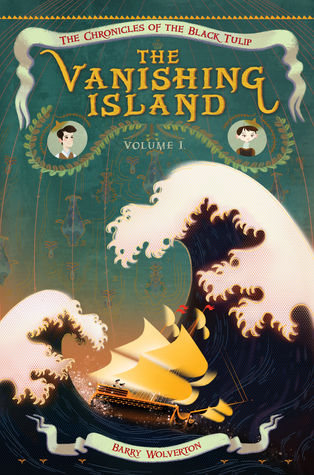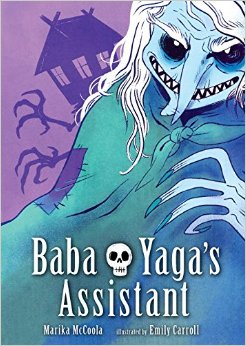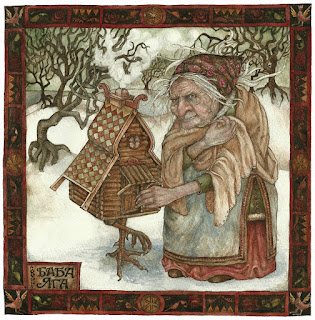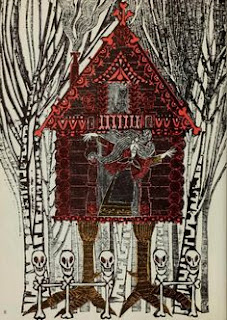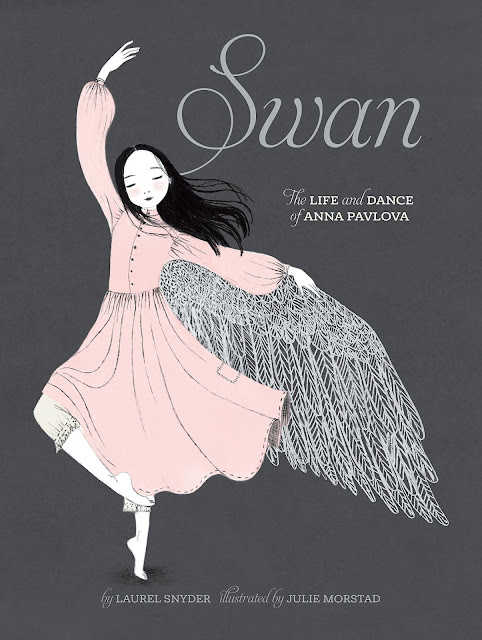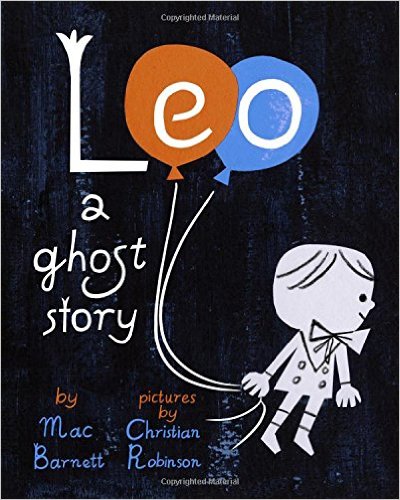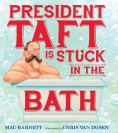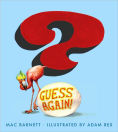Jennifer Nielsen is the author of the widely praised Ascendance Trilogy, set in a kingdom on the verge of civil war. Neilsen is also the author of the Mark of the Thief trilogy set in Ancient Rome that combines history, fantasy and fast paced action. Nielsen's newest book, A Night Divided, is a stand-alone work of historical fiction set in a time and place that is rarely visited in children's literature - East Berlin during the cold war. Narrated by Gerta Lowe, A Night Divided is rich with quotes from historical and literary figures from Goethe and Bertolt Brecht to John F. Kennedy and Nikita Krushchev. Nielsen ends A Night Divided, chillingly, with the German proverb, "History repeats itself."
Gerta Lowe is eight when her life changes dramatically. On the morning of August 13, 1961, she wakes to find that a "prison had been built around us as we slept," leaving her family divided by what becomes the Berlin Wall. Gerta's father, Aldous, and her brother Dominic are seeking work in the west when the wall goes up leaving Gerta, her oldest brother Fritz and their fearful mother behind. Four years later, Gerta, now twelve, thinks she sees Dominic on an observation platform behind the wall in West Berlin and her life changes again. Nielsen sets the scene and building the tension in East Berlin with descriptions of a drab, grey police state where a banana is a luxurious, contraband birthday gift and black market Beatles records must be listened to on the lowest volume the record player has. Before the wall went up, Aldous Lowe was already a person of interest to the Stasi for his involvement in worker uprisings years earlier. In his absence, the Stasi question Gerta's mother and Fritz, looking for signs of collaboration and opposition to the Communist government. Gerta's mother insists that following the rules and being good citizens will keep them happy and safe but, as Fritz nears his eighteenth birthday (when he will have to join the military) and close friends of his attempt to escape, he realizes just how impossible and short his life will be if he stays in East Berlin. As Gerta observes the struggles of her friends and family, she puts together the pieces of the messages and signals her father and Dominic covertly send to her - a silly dance to a childhood song, a drawing of a building, a hidden air raid shelter - and becomes determined to find a way out of East Berlin.
Nielsen's presentation of the brutality of the police state is effective without being descriptively violent. Gerta has frightening encounters with the Grenzers - the border police - one of whom was once a friend of Fritz's. She watches as her neighbors become suspicious and eventually inform on her family and Herr Krause, a neighbor who prints his radical ideas (IF I CANNOT SPEAK WHAT I THINK, THEN IT'S A CRIME JUST TO BE ME!) and is arrested, despite government promises of a free press. Realizing that her father wants her to tunnel her way to the west, Gerta and Fritz use the excuse of planting a summer garden as a cover for their dangerous underground work. Even with this reasonable activity, they draw attention to themselves and suspense builds as the tunnel lengthens - and weakens. How Gerta, who is a determined, inventive fighter, and Fritz succeed, and who helps and hinders them, make A Night Divided an exciting book that is hard to put down. The quotes Nielsen begins each chapter with are a wonderful way of slowing the pace for a moment and encouraging readers to take time to reflect on the realities of life in this impossible city that only just gained freedom in 1989.
For readers who are looking for more stories set during wartime told from unique, female perspectives, Between Shades of Gray
by Ruta Sepetys begins in 1941 when fifteen-year-old Lina Vilkas and her mother and brother are arrested by the Soviet Secret Police and deported, along with thousands of others, to Siberia. Code Name Verity by Elizabeth Weyn is a masterwork of storytelling and features two teenage girls trained as pilots in England during the height of WWII. Finally, told from a male perspective, Breaking Stalin's Nose by Eugene Yelchin is the incredible story of a boy's adulation then disenchantment with the brutal authoritarian dictatorship of Stalin.
Source: Review Copy
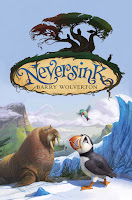 In 2012 I reviewed Neversink, a superb, Watership Down-esque tale of animals living in the Arctic Circle by Barry Wolverton. I've been waiting three years to see what he does next and The Vanishing Island, the first book in the Chronicles of the Black Tulip series is every bit as exciting as Neversink and inventively set in the alternate past of 1599!
In 2012 I reviewed Neversink, a superb, Watership Down-esque tale of animals living in the Arctic Circle by Barry Wolverton. I've been waiting three years to see what he does next and The Vanishing Island, the first book in the Chronicles of the Black Tulip series is every bit as exciting as Neversink and inventively set in the alternate past of 1599!
 As The Vanishing Island begins, we meet twelve-year-old Bren Owen, resident of Map. The town of Map is the "dirtiest, noisiest, smelliest city in all of Britannia," which is an alternate version of England. Being the home of McNally's Map Emporium, naturally, Map is also a vital port in the age of exploration, which is dominated by the the Netherlands and their Dutch Bicycle & Tulip Company. As the son of a map draftsman, a dull job with no room for advancement, Bren is desperate to leave Map for a life at sea and makes his third attempt at stowing away as the book begins. When his plans go awry, Bren finds himself indentured to the powerful Rand McNally (a slightly anachronistic joke on the part of the author) and working in his vomitorium. It's there that Bren's journey begins.
As The Vanishing Island begins, we meet twelve-year-old Bren Owen, resident of Map. The town of Map is the "dirtiest, noisiest, smelliest city in all of Britannia," which is an alternate version of England. Being the home of McNally's Map Emporium, naturally, Map is also a vital port in the age of exploration, which is dominated by the the Netherlands and their Dutch Bicycle & Tulip Company. As the son of a map draftsman, a dull job with no room for advancement, Bren is desperate to leave Map for a life at sea and makes his third attempt at stowing away as the book begins. When his plans go awry, Bren finds himself indentured to the powerful Rand McNally (a slightly anachronistic joke on the part of the author) and working in his vomitorium. It's there that Bren's journey begins.
 While everything about this book, from the title to the cover art to the character of Bren, makes it clear from the start that a sea voyage will be a large part of the novel, it takes over 100 pages for him to set sail. The time on land is spent world building and layering in ancient myths, fables and historical facts that include Kublai Khan and Marco Polo to the mystery that Bren will encounter once he is at sea. Finally on board the Albatross, the mysterious Captain Bowman, Bren's seeming benefactor, begins to reveal his true intentions and Bren, after fulfilling his duties, wants only to return home. Instead, he ends up finding the mysterious Vanishing Island and the treasure that the Captain was after and setting the stage for what promises to be a VERY exciting second book in the series.
While everything about this book, from the title to the cover art to the character of Bren, makes it clear from the start that a sea voyage will be a large part of the novel, it takes over 100 pages for him to set sail. The time on land is spent world building and layering in ancient myths, fables and historical facts that include Kublai Khan and Marco Polo to the mystery that Bren will encounter once he is at sea. Finally on board the Albatross, the mysterious Captain Bowman, Bren's seeming benefactor, begins to reveal his true intentions and Bren, after fulfilling his duties, wants only to return home. Instead, he ends up finding the mysterious Vanishing Island and the treasure that the Captain was after and setting the stage for what promises to be a VERY exciting second book in the series.
